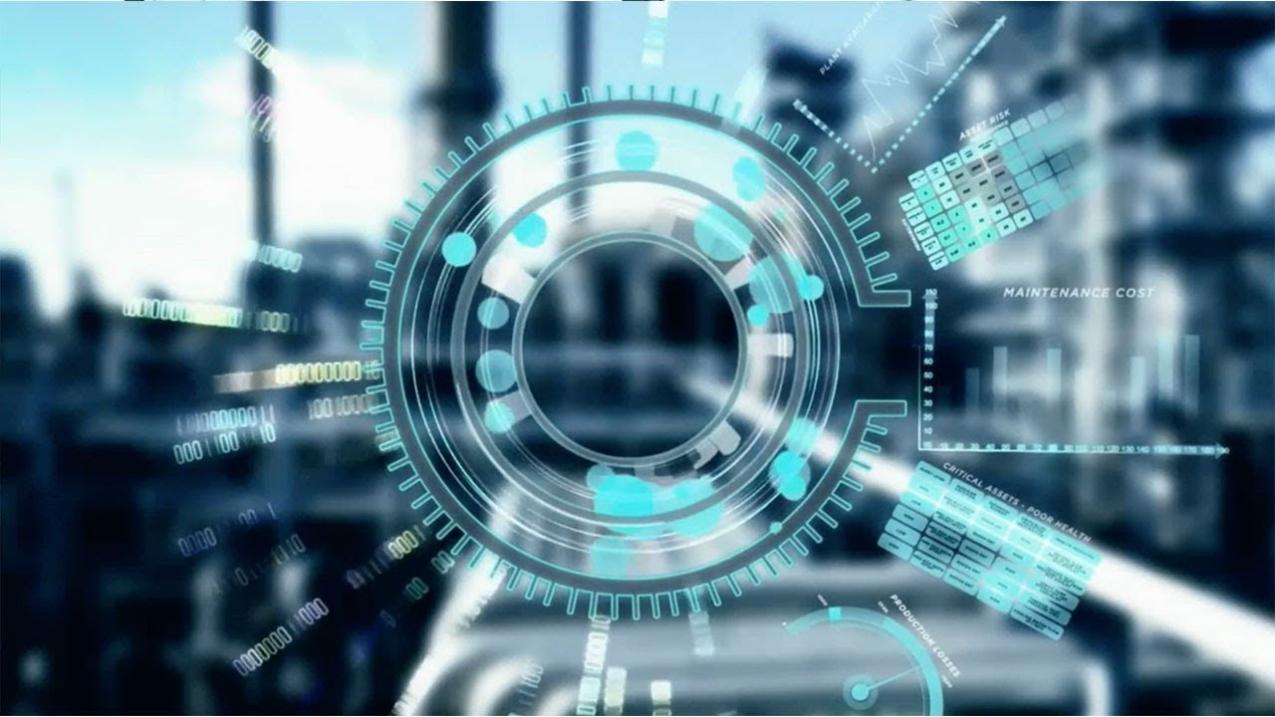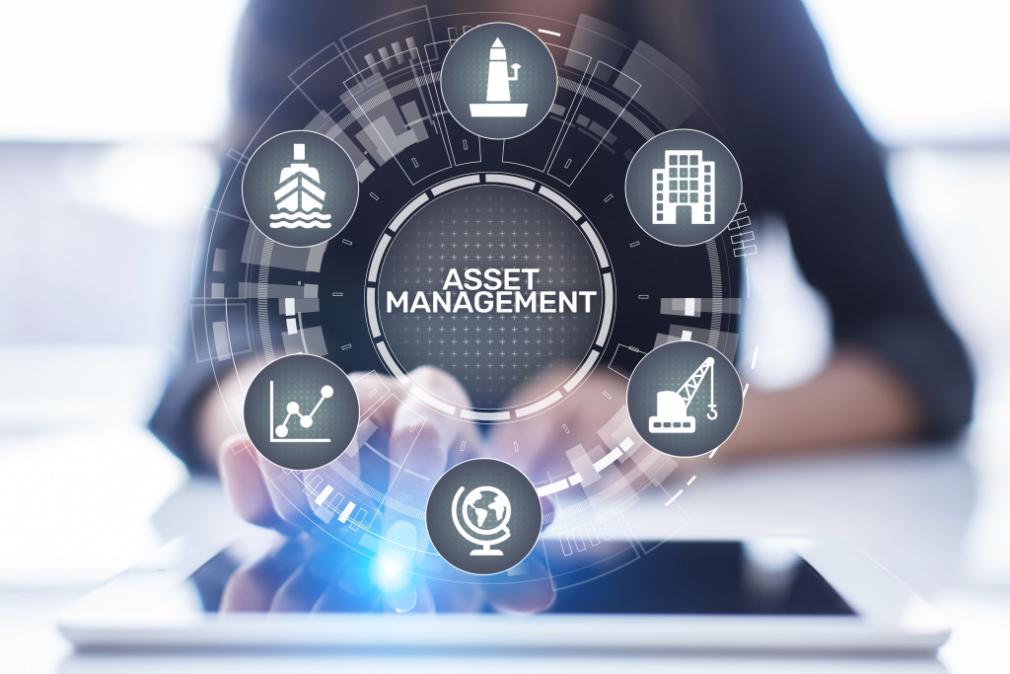What are the Emerging Trends and Future Directions in Asset Performance Management?
Introduction:
Asset Performance Management (APM) is a critical strategy for optimizing asset utilization, minimizing downtime, and improving overall operational efficiency. With the increasing complexity of assets and the growing need for proactive maintenance, APM solutions are gaining widespread adoption across various industries.

This article explores the current trends and future directions in Asset Performance Management, highlighting the technologies and strategies that are shaping the future of asset management.
I. Current Trends In Asset Performance Management:
1. Digitalization And IoT:
The integration of IoT sensors, big data analytics, and cloud computing is transforming APM systems. IoT sensors collect real-time data from assets, which is then analyzed using big data analytics to identify patterns, predict failures, and optimize maintenance schedules.
- IoT sensors monitor asset health, performance, and operating conditions.
- Big data analytics processes sensor data to identify trends, anomalies, and potential issues.
- Cloud computing provides a platform for data storage, analysis, and visualization.
2. Artificial Intelligence (AI) And Machine Learning (ML):
AI and ML algorithms are revolutionizing APM by enabling accurate predictions and prescriptive maintenance recommendations. These algorithms analyze historical data, identify patterns, and make predictions about asset health and performance.
- AI algorithms detect anomalies, identify root causes, and provide prescriptive maintenance recommendations.
- ML algorithms learn from historical data to predict asset failures and optimize maintenance schedules.
3. Remote Monitoring And Diagnostics:

Remote monitoring and diagnostics using IoT devices and cloud-based platforms are becoming increasingly popular. These systems allow maintenance teams to monitor asset health and performance remotely, reducing downtime and improving asset utilization.
- IoT devices collect data from assets and transmit it to cloud-based platforms.
- Cloud-based platforms provide real-time monitoring, data analysis, and remote diagnostics.
- Remote monitoring enables proactive maintenance and reduces the need for on-site inspections.
4. Predictive Maintenance:
Predictive maintenance is a key strategy for preventing asset failures and unplanned downtime. Predictive maintenance techniques, such as condition-based monitoring, vibration analysis, and thermography, are used to identify potential problems before they occur.
- Condition-based monitoring monitors asset condition and performance to predict failures.
- Vibration analysis detects abnormal vibrations that may indicate potential issues.
- Thermography uses thermal imaging to identify hotspots and potential failure points.
5. Asset Health Index And Digital Twin:

Asset health index is a metric that assesses the overall health and performance of an asset. Digital twin technology creates virtual representations of physical assets, enabling real-time monitoring and analysis.
- Asset health index provides a comprehensive view of asset condition and performance.
- Digital twin technology enables remote monitoring, predictive maintenance, and optimization.
II. Future Directions In Asset Performance Management:
1. Integration Of Blockchain And Distributed Ledger Technology (DLT):
Blockchain technology has the potential to revolutionize APM by securing data and ensuring data integrity. DLT can be used to create tamper-proof records of asset maintenance history and performance data.
- Blockchain technology secures APM data and ensures data integrity.
- DLT creates tamper-proof records of asset maintenance history and performance data.
2. Augmented Reality (AR) And Virtual Reality (VR) For Remote Assistance:
AR and VR technologies are emerging as powerful tools for providing remote assistance to maintenance technicians. These technologies enable technicians to visualize complex procedures, access real-time data, and collaborate remotely.
- AR and VR provide remote assistance to maintenance technicians.
- Technicians can visualize complex procedures and access real-time data.
- Remote assistance reduces downtime and improves maintenance efficiency.
3. Edge Computing And Fog Computing:
Edge computing and fog computing are decentralized data processing and decision-making technologies that can improve APM performance. These technologies reduce latency, improve data security, and enable real-time decision-making.
- Edge computing and fog computing reduce latency and improve data security.
- Real-time decision-making enables proactive maintenance and optimizes asset utilization.
4. Integration Of Sustainability And Energy Efficiency:
APM is increasingly focused on sustainability and energy efficiency. APM solutions can help organizations optimize energy consumption, reduce carbon emissions, and meet sustainability goals.
- APM solutions optimize energy consumption and reduce carbon emissions.
- Organizations can meet sustainability goals and improve their environmental performance.
The emerging trends and future directions in Asset Performance Management are shaping the future of asset management. By embracing these trends, organizations can improve asset utilization, minimize downtime, enhance operational efficiency, and achieve sustainability goals.
The integration of digital technologies, AI, and IoT is transforming APM into a proactive and data-driven approach to asset management. As these technologies continue to evolve, APM will become even more critical for organizations looking to optimize their assets and achieve operational excellence.
YesNo

Leave a Reply